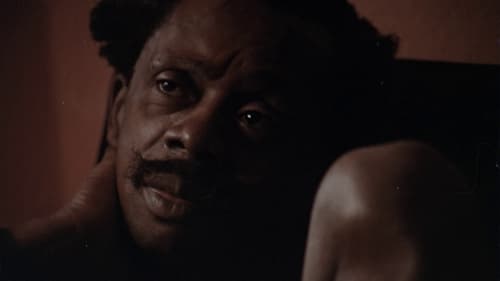
Ele Mesmo (Imagem de Arquivo)

Self (archive footage)
Between scenes from his concert in São Paulo's oft-inaccessible Theatro Municipal, rapper and activist Emicida celebrates the rich legacy of Black Brazilian culture.

Himself
Through clippings, the film draws a narrative line between the construction of racism in Brazil and the United States, having as base the European invasion of the continent, police violence, the genocide of the black people, the massacre of indigenous peoples, religious violence, the criminalization of funk music, structural racism in art and education, the importance of quota policy and the need urgent historical repair as a commitment by the Brazilian state to the black people.

Himself
The African deity that brought in Brazil Together with the blacks, Exu is known as the orixá of communication, the guard of the streets and the human behavior. The short film of black culture and its assimilation by Brazilian art. In its subtext, the film honors one of the greatest activists of the black cause - the actor, the poet, the playwright and the politician - Abdias do Nascimento. The positioning of the documentary seeks to incorporate the fighting spirit, expressive and restless of Abdias: present link between characters, images and children of the film.

In the set of a cine-biography featuring his own life & legacy, ABDIAS NASCIMENTO (aged 89) discusses aspects of Brazilian Negro cinema with the crew.

A look at the Brazilian black movement between 1977 and 1988, going by the relationship between Brazil and Afrika.

Himself
In 1988, the centenary of abolition of slavery in Brazil, Zózimo Bulbul made this powerful historical analysis of racial issues in his country. This documentary provides an in-depth look through extensive archival researching and interviews of key figures who were involved in preserving black culture. Aside from historical testimony, this epic documentary also points to the current relevance of facing the racism that still confronts the black population in Brazil.

"(...) the influence that carnival has on the daily life of the hill, following the manufacture of the carnivals of 1981 and 1982, interviewing several residents who tell the story of more than half a century of the favela's existence and emphasizing its community importance and cultural, to the sound of the most beautiful sambas composed on Mangueira. " (FGR / 11)

(segment "Escola de Samba Alegria de Viver")
Five segments about the hardships faced by people living in slums on hills in Rio de Janeiro.

Chico
UFO falls on a hillbilly's hencoop and he tries to sell it. Soon international missions are sent to the place, for there's a suspicion it might be the famous Russian satellite, the Sputnik.







